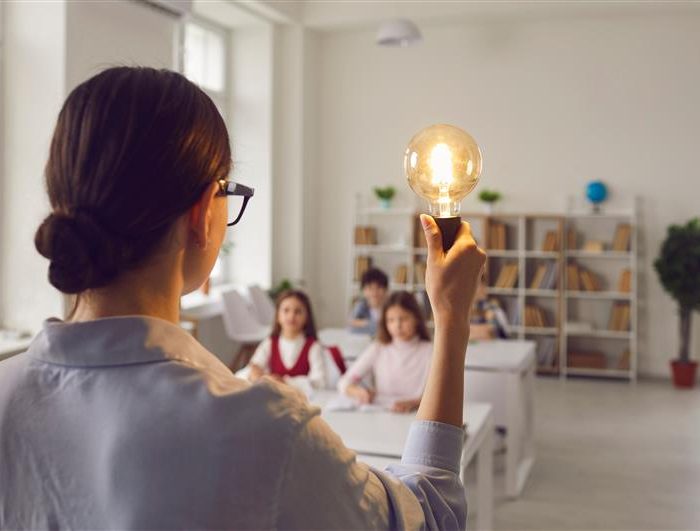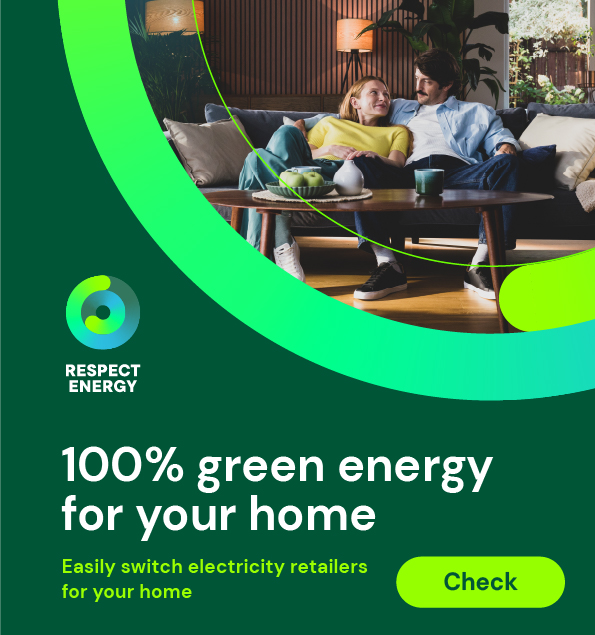How to save energy?
Preschool children (aged 5-6) will learn that electricity is needed to power many everyday devices, such as lamps, refrigerators, televisions, and telephones. They will understand that energy is not something that is “a given,” but must be produced, and therefore it is worth saving. Thanks to the story of Iskierka the light bulb, they will learn why you should not leave the lights on in an empty room and how small actions can help the planet and reduce household bills. They will also learn other ways to save energy, such as turning off appliances when they are not needed or using daylight. Through physical and art activities, children will reinforce this knowledge, and a simple glossary of terms will help them distinguish between renewable sources (sun, wind, water, wood) and non-renewable sources (coal, oil, gas). The classes will develop their observation skills and creativity, and teach them basic ecological habits related to the responsible use of energy.
After the lesson, students should know the answers to the following questions:
What do we need electricity for in our homes?
What devices run on electricity?
Why was the Iskierka light bulb sad?
What should we do with the light when we leave the room?
Why is it worth saving energy – who does it help?
Give an example of behavior that shows saving electricity.
What renewable energy sources (which do not run out) do you know?
What are non-renewable energy sources (which may run out)?
Do you need a certificate?
Accessibility Tools
- Content scaling 100%
- Font size 100%
- Line height 100%
- Letter spacing 100%





